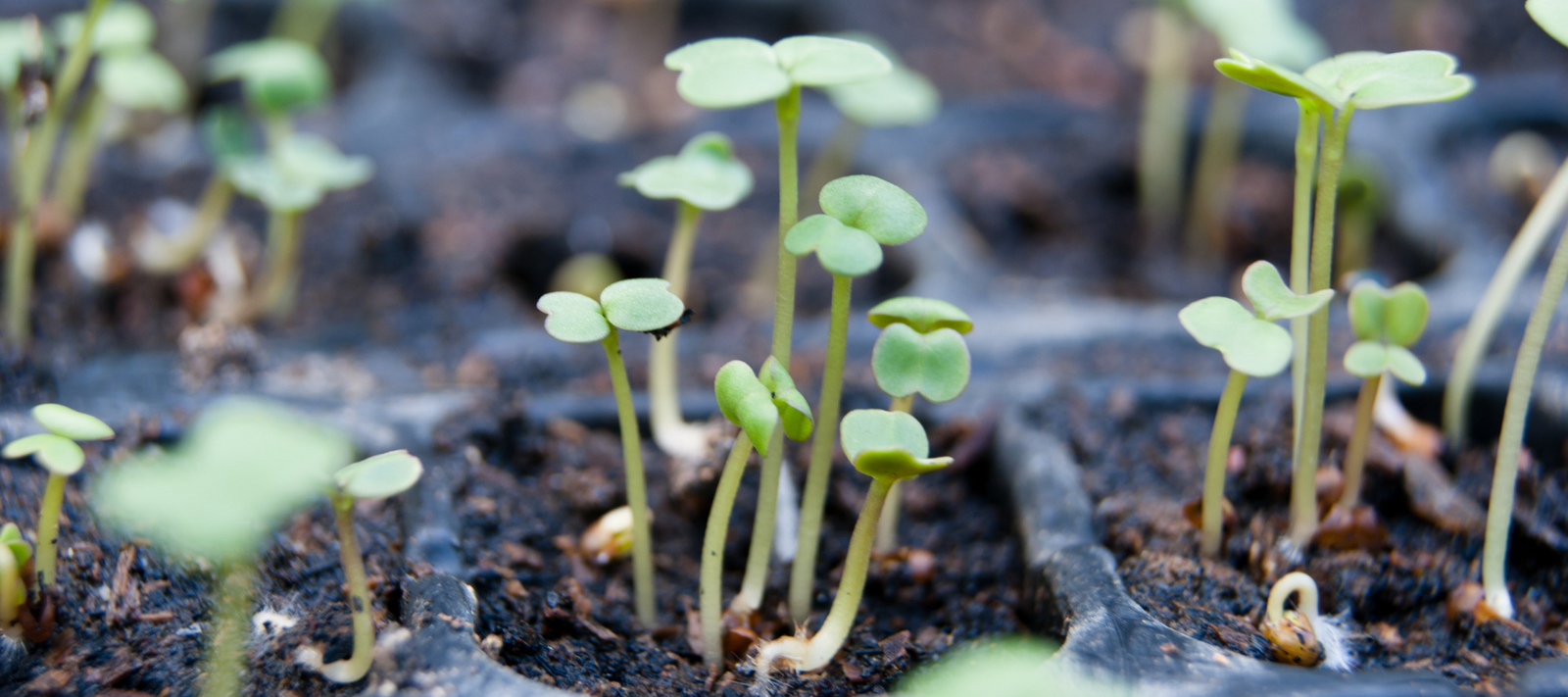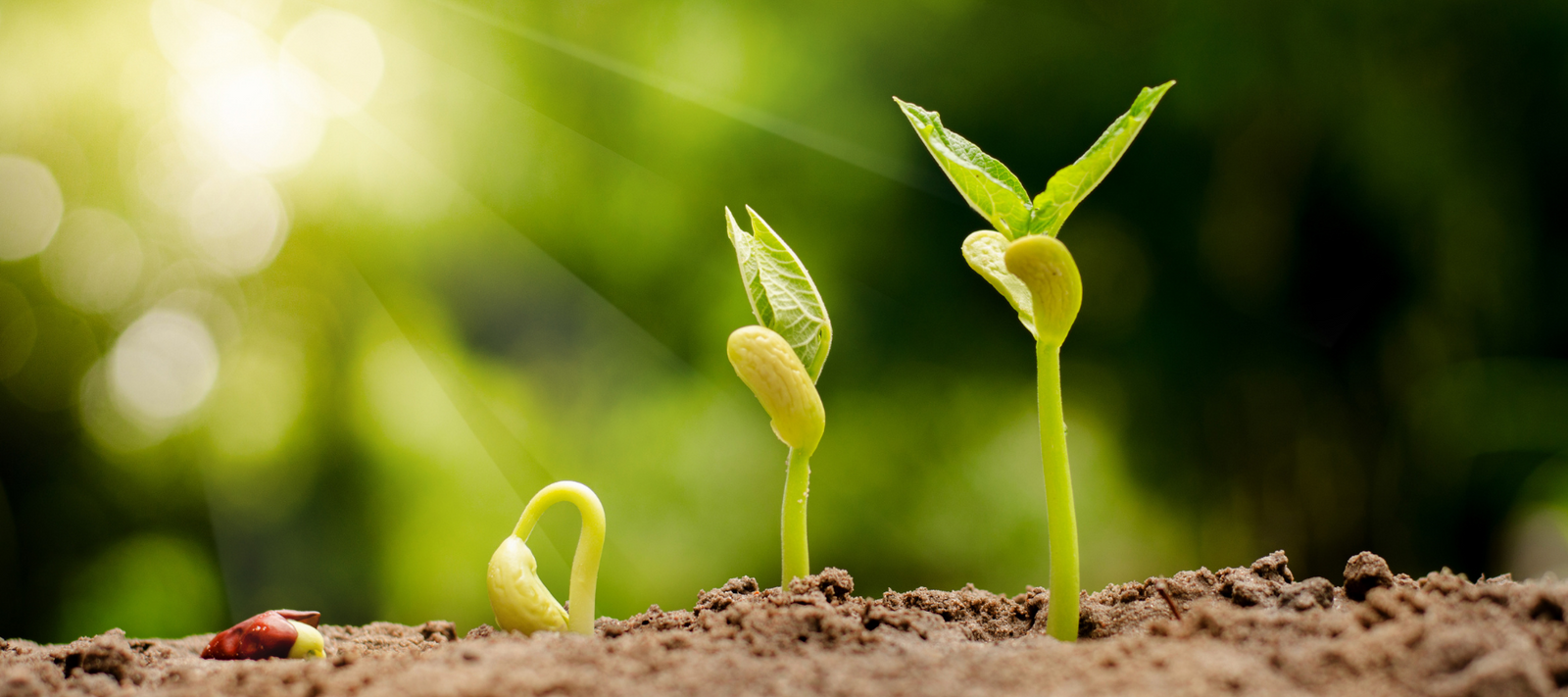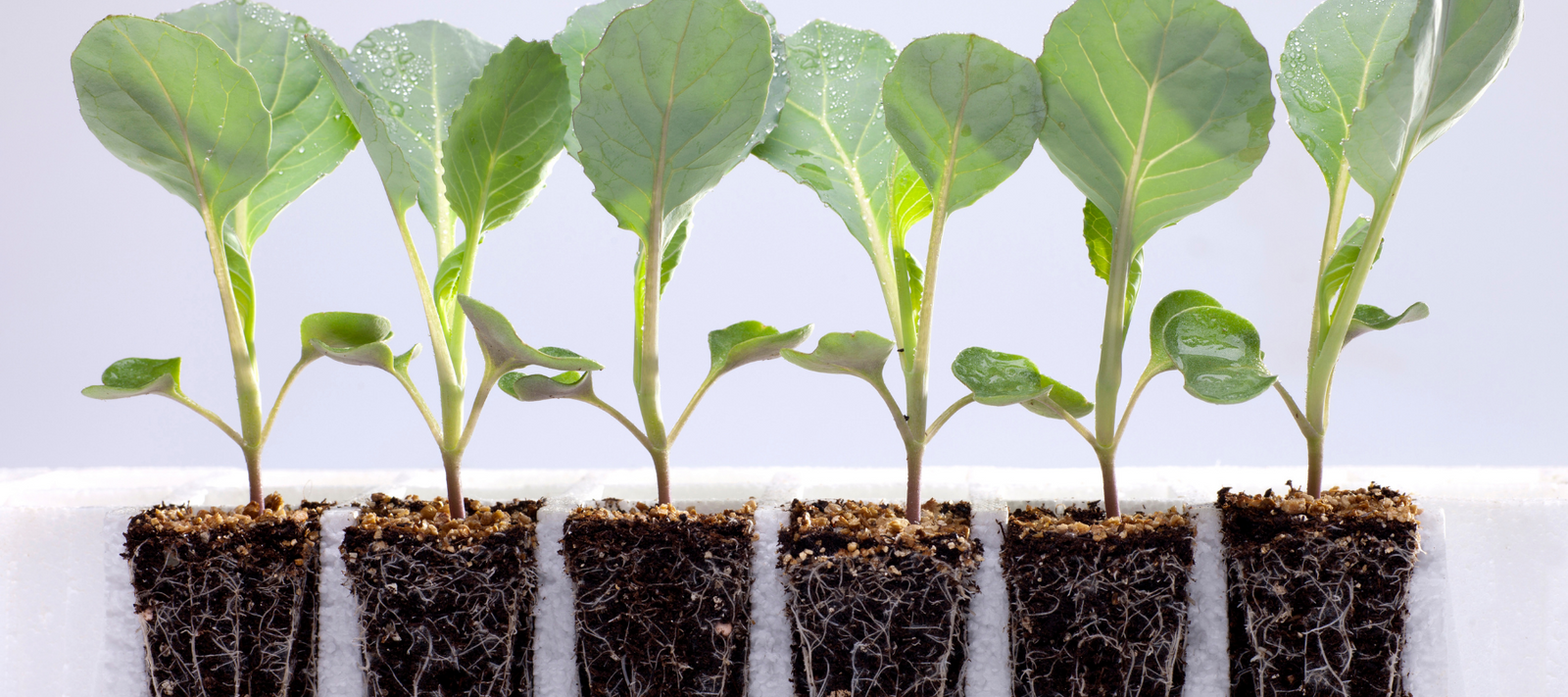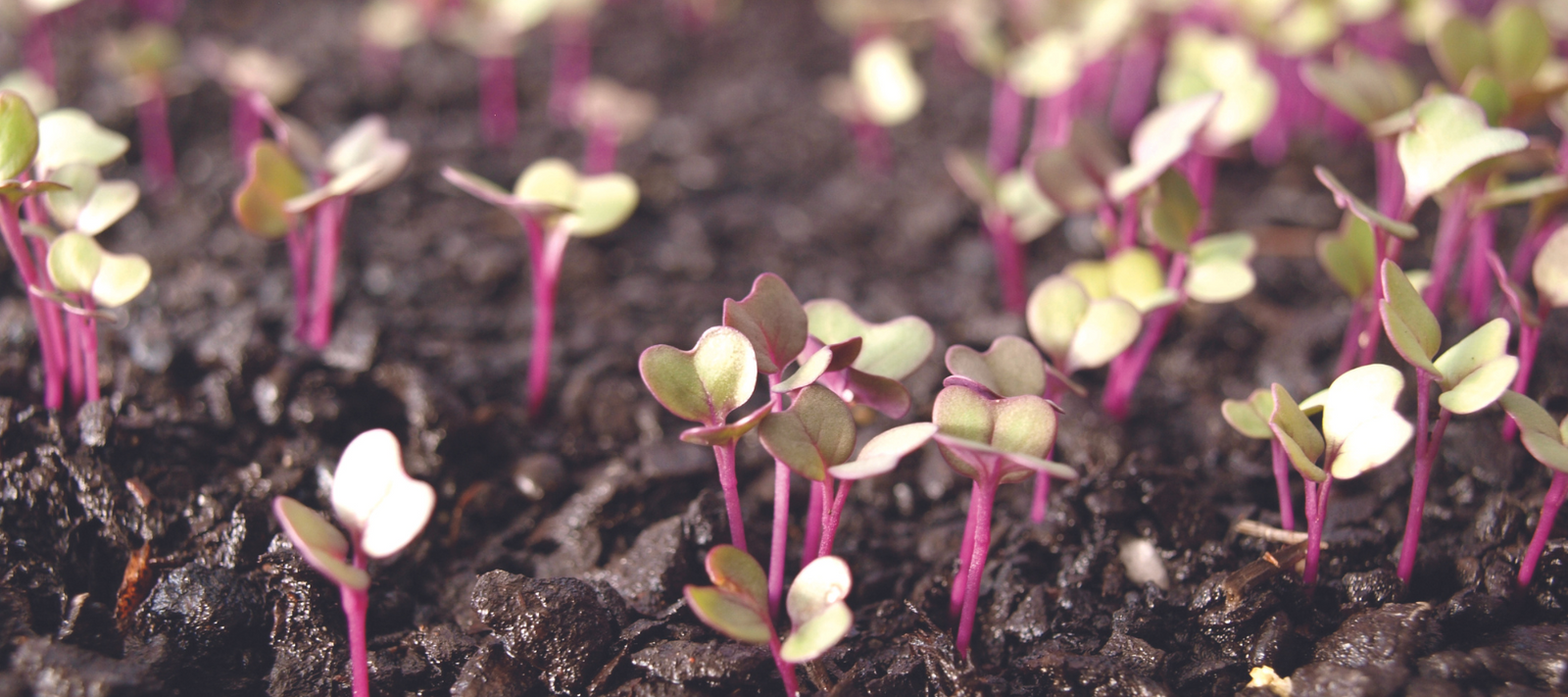
As gardeners, we need to wake up our seeds and break their period of dormancy by creating the right environment for germination. For the process of germination to begin, there are certain conditions that need to be met.
Seed must be viable, that is, it must be alive and capable of growing. Seed must find itself in the appropriate environmental conditions with the right degree of water, light, temperature and oxygen. Once these conditions are satisfied, the seed’s dormancy will be broken and the cycle of life will continue.
The ideal conditions for germination vary greatly between species and even within crops, so make sure you follow the specific guidelines for each crop listed in our Seed Annual.
There are also a few basic seed sowing guidelines to follow.
Soil temperature
Most vegetable crops are seasonal and will not perform outside of their growing season. See our Hardy and Tender crops in the vegetable pages of this Seed Annual to ensure you plant the right crop at the right time for where you live.
Hardy Crops: Can tolerate cool soil and fluctuations in temperature.
Tender Crops: Need a warm soil of 15°C+ to germinate successfully.
Moisture
Consistently moist (not wet) soil or seed raising mix is critical to break the seed’s outer layer and allow the seed to imbibe water, kick-starting the germination process. It is important that you don’t allow your seed raising mix or garden soil to dry out.
Oxygen
Ensure adequate drainage and porosity in your seed raising mix or garden bed. During germination, air and water are the critical factors in your growing media, with fertility only an issue once seeds have successfully germinated and the seed has exhausted its reserves.
Diggers seed sowing methods
Sow direct in soilSeed is sown directly into the garden soil in rows. This method is used for root crops (carrot, beetroot), crops that run to seed quickly (coriander), vine crops (zucchini), as well as corn, peas, beans and some leaf crops (silverbeet).
- Prepare the soil by adding compost and decomposed manure, and raking well. Create a channel or row. Sow seed twice as deep as the seed is wide. Use a seed dial to ensure consistent sowing.
- Cover seed with soil and water in well. Keep the soil moist to the touch until seedlings emerge.
- Protect seeds and seedlings from slugs and snails. Thin seedlings if necessary. Water and fertilise as required.
Sow in Punnets
Seeds that need warmer soil to germinate (chilli, eggplant) are best sown indoors, ready to transplant outside when soil temperatures reach 15°C.
Other slow-to-germinate seeds (leek, onion) are sown in punnets to protect them from drying soil and predators.
To improve the rate and speed of germination consider using a heating mat, which creates a soil temperature up to 7°C above the ambient air temperature. To reduce the soil temperature, simply increase the spacing between the mat and the tray.
- Fill your punnet or tray to the brim with seed raising mix
- Firm down the surface and water well
- Sow seeds carefully. Cover with a fine layer of seed raising mix. Water again
- Place in a well lit position and water regularly to ensure soil stays moist
- Thin seedlings after 2-4 weeks so there are only 4-8 plants per punnet
- Transplant when seedlings have grown their second set of leaves. Protect from snails, slugs and other pests
Sow in punnets to pot on
Some crops raised from seed in a punnet or seedling tray (tomatoes, capsicum) benefit from ‘potting on’.
This starts with a process known as ‘pricking out’, where seedlings are carefully lifted from the tray in which they germinated by gently loosening the soil underneath them with a flat stick (like an icy pole stick).
The seedling is then transplanted to a pot for a few weeks before being planted out in the garden.
This allows tender plants to establish themselves in a protected environment until the days are longer, temperatures outside are consistently warm and the overnight temperature drop is minimal. It is essential that seedlings are transferred from their seed raising mix – such mixes are devoid of all nutrients and will not sustain a growing seedling without additional feeding.
Hardening off
Even when the risk of frost has passed, the shock of leaving a warm and sheltered greenhouse or seedling tray can set young seedlings back.
It is best to allow seedlings raised in punnets and pots a day or two to ‘harden off’ outside in their containers before being transplanted.





